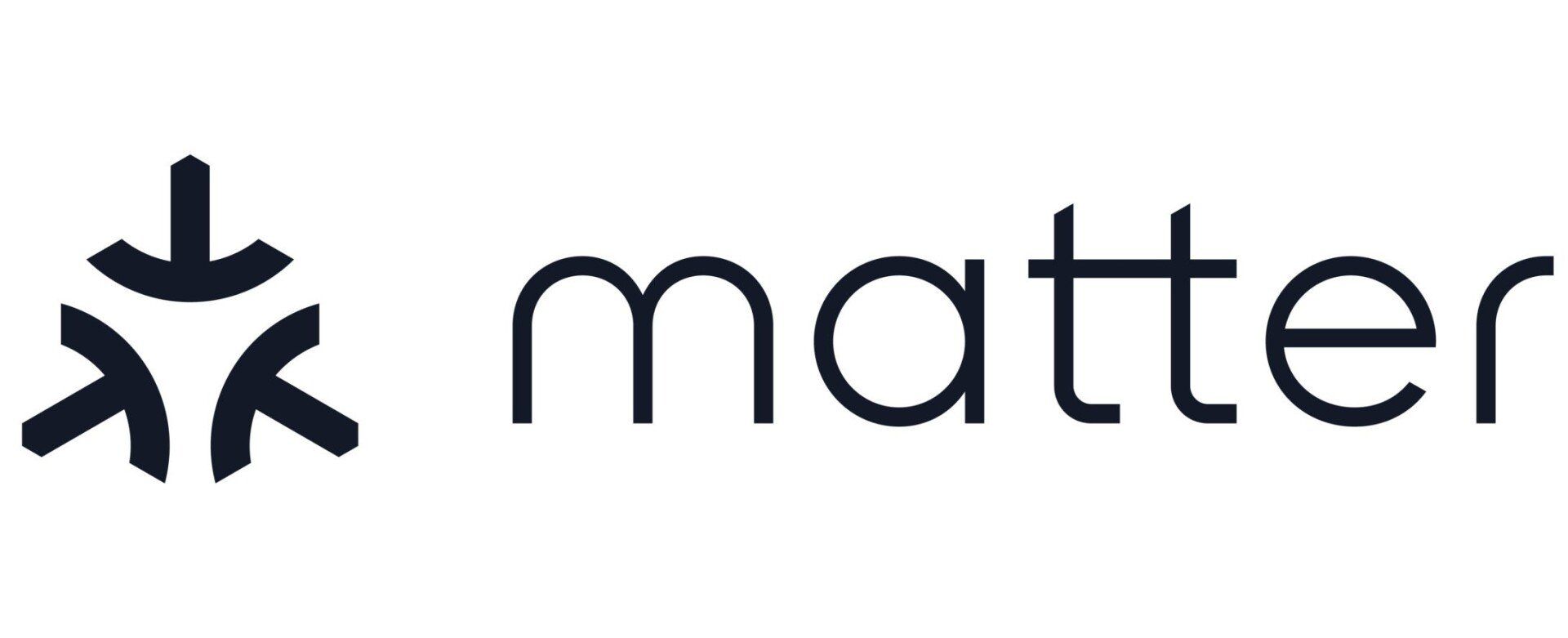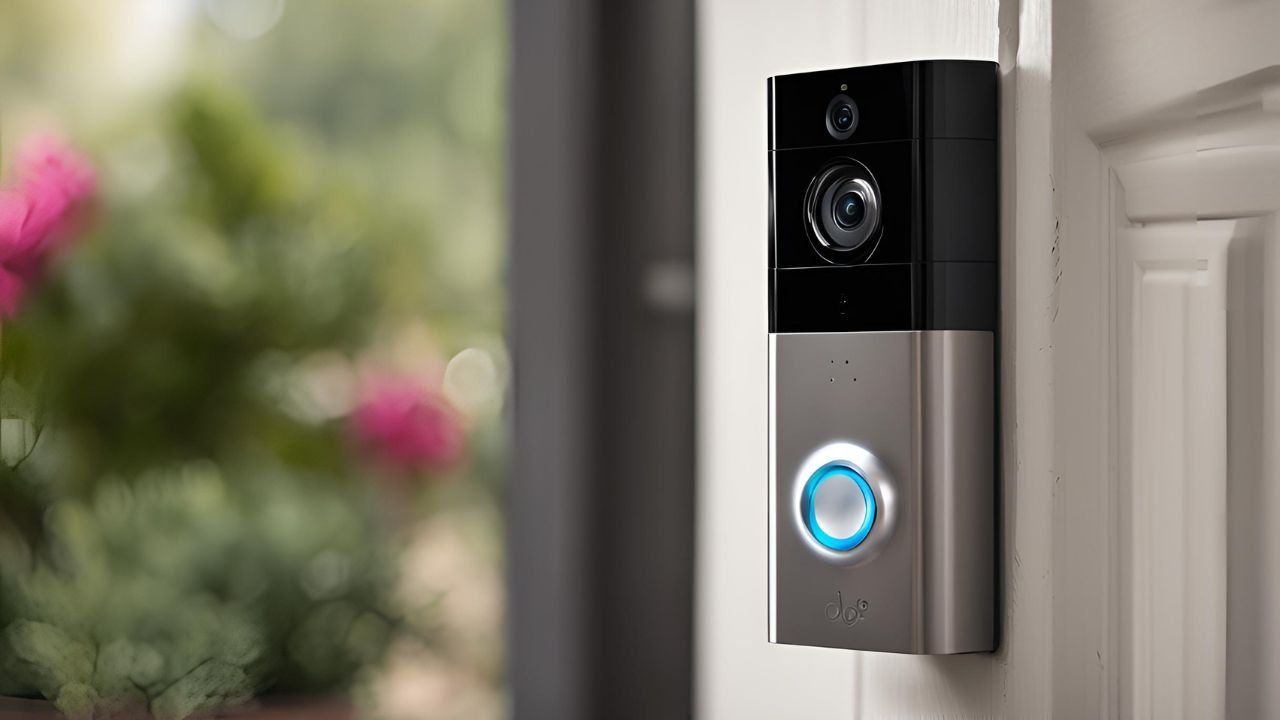Matter 1.4 Is Here, But What Does It Add to Your Smart Home?
Sticking to its Spring/Fall release cycle, the Connectivity Standards Alliance has today announced Matter 1.4. This brings a collection of overall improvements, including new features, revised functionality on existing features, and support for new device types.

Please note: This page may contain affiliate links. Read our ethics policy
Sticking to its Spring/Fall release cycle, the Connectivity Standards Alliance has today announced Matter 1.4. This brings a collection of overall improvements, including new features, revised functionality on existing features, and support for new device types.
What Is Matter 1.4?
Matter 1.4 is the latest iteration of the Matter smart home standard. Its release follows Matter 1.3 in May 2024, Matter 1.2 in October 2023, Matter 1.1 in May 2023, and Matter 1.0 in October 2022.
Designed to promote and enhance integration, compatibility, and interoperability across existing smart home hardware, Matter 1.4 adds a collection of new features. It also expands the range of supported devices. While Matter 1.3 focused on kitchen tech, EV chargers and water management, the key new area of supported hardware in Matter 1.4 is energy management.
What Smart Home Features Does Matter 1.4 Add?
Matter 1.4 adds two particularly important new features: Enhanced Network Infrastructure with Home Routers and Access Points (HRAP) and Enhanced Multi-Admin.
Enhanced Network Infrastructure with HRAP
Home routers and access points will be able to provide a more reliable network infrastructure for Wi-Fi and Thread. This means that Matter-certified HRAP network gear will offer a combined Wi-Fi access point and Thread Border Router. The aim of this is to ensure new Thread devices are added to the existing network rather than creating a new one.
Enhanced Multi-Admin
Multi-Admin was an element of Matter’s original release. While it was intended to ensure smart home systems communicated effectively – particularly with device enrollment – this didn’t happen as planned.
Enter Enhanced Multi-Admin, which has been conceived to support better onboarding for new hardware. So, it doesn't matter if you use Samsung SmartThings, Apple HomeKit, Amazon Alexa, or Google Nest. With Enhanced Multi-Admin, your Matter-compatible smart appliances and devices should connect.
New Supported Hardware and Features in Matter 1.4
A collection of hardware types have been added to Matter with this latest specification. These are largely related to energy management, and range from solar panels to water heaters, and improvements to energy optimization.

Energy Management Improvements in Matter 1.4
-
Solar Power: Supports inverters, solar panels, and hybrid solar/battery systems.
-
Batteries: Includes battery walls, storage units, and Battery Energy Storage Systems (BESS), and enables load balancing and virtual power plants.
-
Heat Pumps: Matter now supports forecasting and demand response, and these can shift energy use to off-peak times, preheating your home. There is also support for heat pumps with “buffer tanks.”
-
Water Heaters: Allow for remote control, temperature setting, and boost function, with scheduling flexibility.
-
Electric Vehicle Supply Equipment (EVSE): Enables user-defined charging preferences, ensuring the vehicle is charged when most convenient and affordable
-
Thermostats: Scheduling, preset modes, and automation with motion sensor triggers and integrations with other devices are now supported. This should benefit households using Tado X and other smart energy solutions.
-
Device Energy Management and Modes: Devices can adjust start times based on energy forecasts. This should provide flexibility for optimizing power consumption.
Other Hardware Improvements in Matter 1.4
Further to the energy management improvements, Matter 1.4 also adds support for in-wall mounted switching for lights and fans (other smart ceiling fan control methods are already supported), as well as other non-smart devices.
You’ll also find improved sensor support, with radar, vision, and ambient sensing. This seems to be the first stage of some more interesting developments, including person detection and even classification of activities. These will no doubt lead to some intriguing automations.
Battery-powered devices have also received some improvements to battery life and other performance optimizations in Matter 1.4.
What Is Missing in Matter 1.4?
A few hoped for improvements have not landed with Matter 1.4. Perhaps the most important of these is in the area of home security.

While we didn’t think it would arrive this time around (there was no sign of it in the spec when we previewed the Matter 1.4 update), there is still no support for security cameras and smart doorbells like Ring. When this arrives, it is likely to be well-received, but until then, you’re going to have to wait.
When Will Your Smart Home Get Matter 1.4?
Although the Matter 1.4 specification has been published, it may be some time before you see the results. At the time of writing, Matter 1.3 hasn’t fully rolled out, so Matter 1.4 could be some way off. It could be 6-12 months before these features are seen in your home.
Expect your main Matter-compatible devices to update automatically over the next few months as these changes are distributed. Your Matter hub app should inform you when updates have been made, along with the relevant details.
About the Author

David Drager
Executive Editor
Dave has been working in the technology space since 2002, and has been passionate about smart home ever since. Formerly the CTO of XDA Developers, he has also written for publications like MakeUseOf and Lifehacker. Dave also has a Bachelors degree in Telecommunications, a Master's in Computer Science, and is a CISSP. He lives outside the Philadelphia area and enjoys spending time with his family, travelling, DIY and videos games (in that order).

Christian Cawley
Editor in Chief
Christian has been writing about technology since the mid 2000s, and has been published in numerous publications, online and in print. These include Android Magazine, Linux User & Developer, Linux Format, Tech Radar, Tom's Hardware, and Computer Active. From 2014-2024, he was a section editor and later deputy editor at MakeUseOf, before joining the Matter Alpha team. Christian enjoys old video games (mainly C64, Amiga, and MS-DOS), classic TV, and telling everyone who will listen that they should have a robot cleaner. When he's not shaping articles, Christian is a dad to three dancers, collects Lego, and is an avid home chef.
Smart Thermostat X
The tado° Smart Thermostat X (Part Number: RU04) is a smart heating control system that allows for individual room temperature adjustments through internet-connected radiator valves, compatible with the Matter smart home connectivity standard.